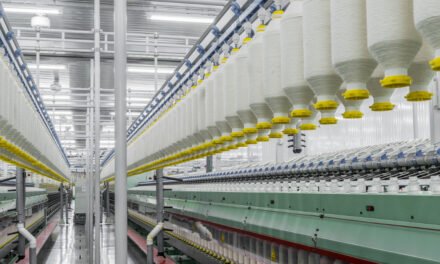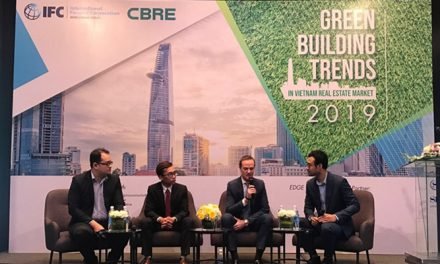 Today, virgin, fossil-based synthetic fibers like polyester and nylon account for the majority of global fiber production and related greenhouse gas emissions. To meet its climate targets and help limit global warming to 1.5°C, the fashion and textile industry needs to transition away from the extraction of virgin fossil fuels for fibers–and fast.
Today, virgin, fossil-based synthetic fibers like polyester and nylon account for the majority of global fiber production and related greenhouse gas emissions. To meet its climate targets and help limit global warming to 1.5°C, the fashion and textile industry needs to transition away from the extraction of virgin fossil fuels for fibers–and fast.
New findings from Textile Exchange and its Biosynthetics Round Table highlight the role that substitute synthetic materials made from plants, food crops, or agricultural waste could play in speeding up this shift.
Made from natural, renewable sources such as corn, sugar beet, wheat, and agricultural waste, biosynthetics have similar performance and technical properties to traditional synthetic materials. Beyond simply helping to mitigate the climate impacts of their fossil-based counterparts, Textile Exchange emphasizes their role in a regenerative and circular future for the industry, while sharing fundamental guidance on their usage.
Like all materials, biosynthetics must be treated with care and nuance. The findings highlight the importance of mapping the impacts of each crop or residue in its regional context and managing it responsibly. This means going beyond greenhouse gas emissions and assessing areas like water, soil health, biodiversity, and livelihoods too.
With the research and data needed to make informed, holistic choices, Textile Exchange concludes that biosynthetics can progress the industry on its urgent climate pathway.
Key takeaways:
• Biosynthetics can, and should, be made from different crops. Plants such as corn, sugar beet, sugarcane, wheat, cassava, castor, and agricultural residues can be used to make biosynthetics. But there is no one perfect source. Instead, impacts should be assessed according to the region, production methods, and technology used, and a range of feedstocks is likely to be best.
• Assessing the impacts of biosynthetics means going beyond GHG emissions. Multiple factors influence the overall impact of a biosynthetic material, including land-use changes, circularity potential, other areas like water, soil health, biodiversity, and livelihoods. That is why it is recommended to look at data beyond the traditional Lifecycle Assessment (LCA) method.
• Biosynthetic doesn’t always mean biodegradable. A biobased material is not necessarily biodegradable: these are two completely different qualities. A biobased material means that the feedstock from which the material is made comes from a renewable, biobased source rather than from fossil-based non-renewable resources. A biodegradable material refers to its circularity properties, where the material has a chemical structure and specific functional groups that enable it to be broken down by micro-organisms into carbon dioxide and biomass.
• We don’t have to choose between biosynthetics or recycled polyester. For the fashion and textile industry to meet its climate targets, we’ve got to use every tool in our toolkit. When it comes to biosynthetics and recycled polyester, it’s not about choosing one or the other. In the future, it’s going to be important to develop recycled biosynthetics too, helping to close the loop.
• Biosynthetics are part of the industry’s journey towards a regenerative and circular future. Knowledge development and better data will be required to assess which biosynthetics are best, and in which context. When managed responsibly, we believe that these materials can not only help lead the transition away from the extraction of virgin fossilbased resources but play an active role in a regenerative and circular future for the industry.





















